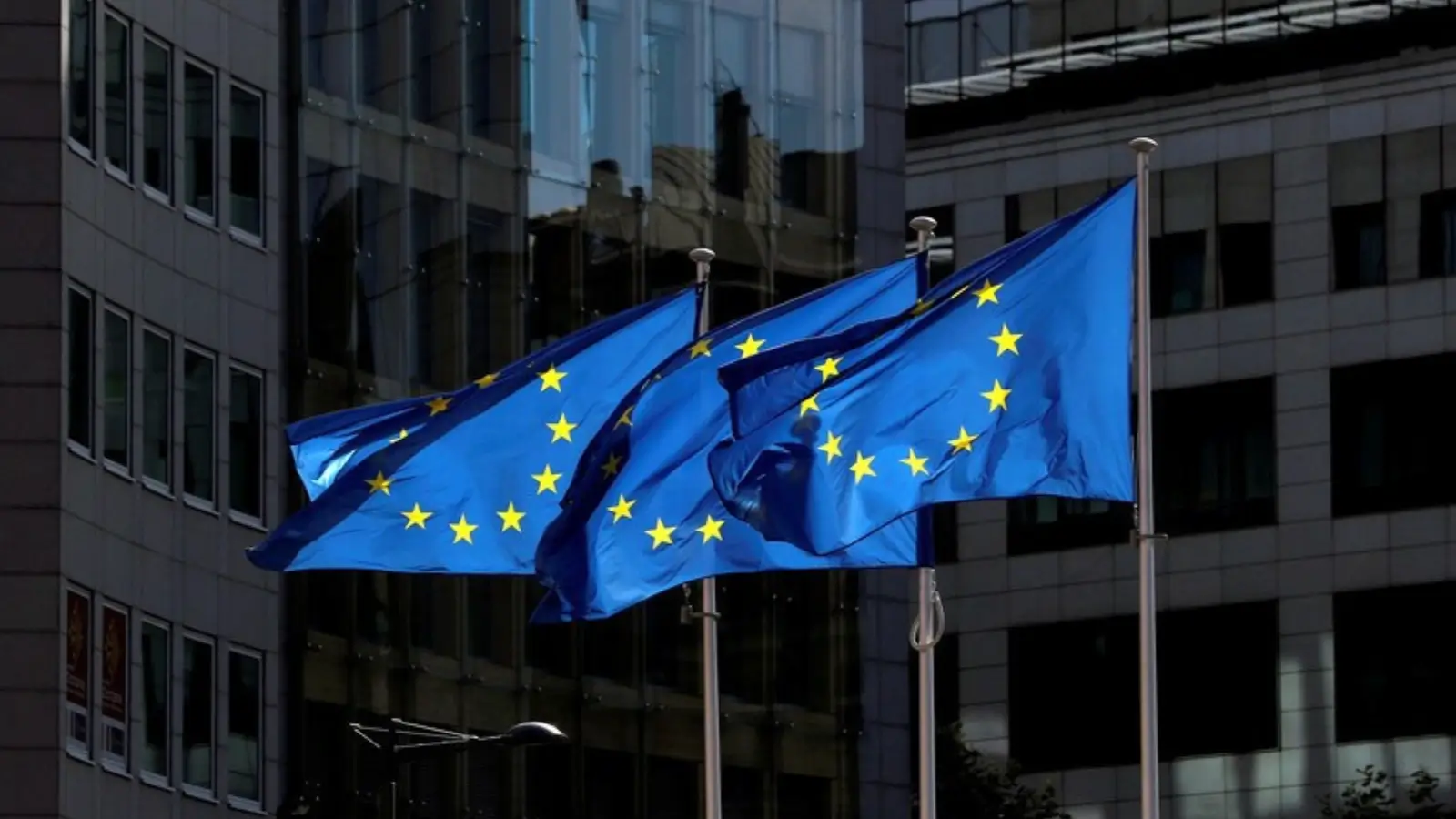— The NIS2 Regulation strengthens EU-wide cybersecurity with stricter requirements, rapid incident reporting, and accountability for critical sectors.
The digital landscape in Europe has evolved rapidly over the past decade, and with it, the challenges associated with cybersecurity have grown significantly. Cyber threats have become increasingly sophisticated, targeting critical infrastructure, businesses, and essential services. In response to these challenges, the European Union (EU) has developed regulatory frameworks to enhance cybersecurity resilience across member states. One of the most significant developments in this context is the nis2 regulation, designed to strengthen the EU’s cybersecurity posture and ensure a unified approach to risk management and incident reporting.
Overview of the NIS2 Regulation
The NIS2 Regulation, formally known as the Directive on Security of Network and Information Systems, builds on the original NIS Directive adopted in 2016. While the original directive laid the groundwork for cybersecurity measures among essential and digital service providers, NIS2 introduces stricter requirements, broader scope, and enhanced enforcement mechanisms. Its main goal is to address the increasing number and severity of cyber incidents across Europe and to ensure that businesses, both public and private, adopt proactive cybersecurity measures.
Unlike the previous directive, NIS2 applies to a wider range of organizations. It extends its coverage to medium- and large-sized entities across various sectors, including energy, transport, banking, health, digital infrastructure, public administration, and critical manufacturing. This broader scope reflects the EU’s recognition that cybersecurity risks affect not only traditional critical infrastructure but also a wider array of businesses essential to the economy and society.
Key Objectives of NIS2
The primary objectives of the NIS2 Regulation revolve around enhancing the overall resilience of EU businesses and critical services against cyber threats. These objectives include:
- Strengthening Cybersecurity Requirements: NIS2 mandates that organizations implement robust cybersecurity measures, including risk management practices, security policies, and incident response procedures. Businesses are required to adopt measures proportional to the risks they face, ensuring that security is not an afterthought but an integral part of operations.
- Improving Incident Reporting: The regulation introduces stricter reporting obligations for significant incidents. Organizations must notify the relevant national authorities within 24 hours of detecting a substantial security breach, ensuring that authorities can respond promptly and coordinate mitigation measures.
- Enhancing Supply Chain Security: Recognizing that cybersecurity risks often extend beyond an organization’s internal systems, NIS2 emphasizes the importance of securing supply chains. Companies are expected to assess risks associated with third-party providers and implement measures to mitigate potential vulnerabilities.
- Promoting Harmonization Across the EU: One of the challenges under the original NIS Directive was inconsistent implementation across member states. NIS2 seeks to harmonize cybersecurity requirements, creating a uniform baseline that all EU businesses must follow. This consistency is crucial for multinational organizations operating in multiple jurisdictions.
- Increasing Enforcement and Accountability: NIS2 introduces stricter enforcement mechanisms, including significant penalties for non-compliance. This approach ensures that cybersecurity is treated as a critical business responsibility, with senior management held accountable for lapses.
Scope and Applicability of NIS2
The NIS2 Regulation applies to a broad range of entities, categorized as either essential entities or important entities.
- Essential Entities: These include organizations providing critical services such as energy, transport, banking, healthcare, water supply, and digital infrastructure. These sectors are vital to the functioning of society, and any disruption could have severe consequences.
- Important Entities: This category includes medium- and large-sized businesses in sectors such as manufacturing, food production, and digital services that, while not classified as essential, play a significant role in the economy and society.
By expanding the scope, NIS2 ensures that more businesses implement cybersecurity practices commensurate with their role in the European digital ecosystem. Small and micro-enterprises are generally excluded, although they may still be affected indirectly through supply chain obligations.
Cybersecurity Requirements Under NIS2
NIS2 sets out detailed cybersecurity requirements that businesses must adopt. These requirements are designed to be risk-based, allowing organizations to implement measures appropriate to their operational context. Key obligations include:
- Risk Management and Security Policies: Organizations must adopt comprehensive risk management strategies. This involves identifying potential threats, assessing vulnerabilities, and implementing security measures to mitigate risks. Security policies should cover areas such as network and information system security, access controls, and encryption practices.
- Incident Handling and Response: Companies are required to establish incident response protocols, ensuring that cybersecurity breaches are promptly detected, contained, and remediated. Regular testing and drills are encouraged to maintain preparedness.
- Business Continuity Planning: Organizations must ensure that critical services can continue to operate during and after a cyber incident. This includes disaster recovery plans, backup procedures, and redundancies for key systems.
- Supply Chain and Third-Party Security: Businesses must assess the cybersecurity posture of suppliers, contractors, and service providers. Contracts should include clear security requirements, and ongoing monitoring is necessary to detect potential risks introduced through third parties.
- Use of Security Technologies: NIS2 encourages the adoption of modern cybersecurity technologies such as multi-factor authentication, secure network architecture, intrusion detection systems, and endpoint protection solutions.
- Training and Awareness: Employees play a crucial role in maintaining cybersecurity. Organizations are required to provide training programs to ensure staff understand their responsibilities and can recognize potential threats such as phishing attacks or insider risks.
Incident Reporting and Notification
A key feature of the NIS2 Regulation is its emphasis on rapid incident reporting. Organizations must report incidents that have a significant impact on the continuity of services or on data integrity and confidentiality. Reporting obligations include:
- Notification to the national competent authority within 24 hours of detecting a significant incident.
- Provision of detailed information about the incident, including its nature, scope, impact, and measures taken to mitigate risks.
- Ongoing updates to authorities as the situation evolves.
This rapid reporting requirement allows national authorities and EU bodies to respond quickly, coordinate mitigation efforts, and share information to prevent further damage. It also underscores the accountability of businesses in maintaining cybersecurity vigilance.
Governance and Accountability
NIS2 places a strong emphasis on governance and accountability. Senior management and boards are expected to actively oversee cybersecurity measures. This includes:
- Ensuring resources are allocated to implement security measures effectively.
- Integrating cybersecurity into strategic planning and risk management processes.
- Being accountable for non-compliance or lapses in cybersecurity, which can result in substantial fines and reputational damage.
By embedding cybersecurity responsibilities at the executive level, NIS2 encourages organizations to treat cybersecurity as a fundamental component of business strategy rather than a technical or operational afterthought.
Impact on Businesses
The implementation of NIS2 has significant implications for businesses operating in the EU. Compliance requires careful planning, investment, and ongoing monitoring. The key impacts include:
- Increased Compliance Costs: Businesses will need to invest in technology, personnel, and processes to meet NIS2 requirements. While these costs may be substantial initially, they are offset by the benefits of reduced risk of cyber incidents and potential legal liabilities.
- Enhanced Risk Awareness: Organizations are encouraged to adopt a proactive approach to cybersecurity. This shift promotes a culture of risk awareness and continuous improvement, reducing vulnerabilities and exposure to cyber threats.
- Operational Changes: Implementing NIS2 may require changes to business operations, including supplier contracts, internal procedures, and data management practices. Companies must ensure that all operational processes align with the regulation’s requirements.
- Competitive Advantage: Businesses that achieve compliance can gain a competitive advantage, demonstrating to clients, partners, and regulators that they prioritize security and resilience. Strong cybersecurity practices can enhance trust and reputation in an increasingly digital economy.
- Supply Chain Implications: NIS2 encourages organizations to evaluate the cybersecurity practices of their suppliers and partners. This can lead to tighter collaboration, standardized security practices, and improved resilience across entire value chains.
Challenges in Implementing NIS2
While NIS2 provides a clear regulatory framework, organizations may face challenges in achieving compliance. These include:
- Complexity of Requirements: The regulation’s broad scope and detailed obligations can be challenging to interpret and implement, especially for organizations without prior experience in cybersecurity compliance.
- Resource Constraints: Medium-sized businesses may struggle to allocate sufficient resources to meet NIS2 requirements, particularly in areas such as staffing, technology investment, and training.
- Cross-Border Coordination: Multinational organizations may need to navigate differences in implementation across member states, requiring careful coordination and harmonization of internal processes.
- Rapidly Evolving Threat Landscape: Cyber threats evolve constantly, and compliance measures must be regularly updated to remain effective. Organizations must adopt flexible and adaptive approaches to cybersecurity.
Preparing for NIS2 Compliance
To prepare for NIS2 compliance, businesses should consider the following steps:
- Conduct a Gap Analysis: Assess existing cybersecurity measures against NIS2 requirements to identify areas requiring improvement.
- Develop a Comprehensive Compliance Strategy: Create a roadmap outlining policies, processes, and technologies needed to achieve compliance.
- Engage Senior Management: Ensure executive leadership is involved in planning and oversight, reinforcing the importance of cybersecurity at the strategic level.
- Invest in Training and Awareness: Educate staff across all levels to recognize cyber threats and understand their role in maintaining security.
- Implement Continuous Monitoring: Establish mechanisms for continuous monitoring of networks, systems, and third-party providers to detect vulnerabilities and potential breaches.
- Collaborate with Authorities: Maintain open communication with national competent authorities to ensure timely reporting and alignment with regulatory expectations.
Conclusion
The NIS2 Regulation represents a significant step forward in strengthening the EU’s cybersecurity framework. By extending the scope of regulated entities, enhancing security requirements, and imposing strict accountability measures, NIS2 aims to create a resilient digital environment across Europe. For businesses, compliance is not merely a regulatory obligation but an opportunity to enhance operational resilience, safeguard critical assets, and build trust with clients and partners.
While the journey to full compliance may present challenges, organizations that adopt a proactive, structured approach will benefit from improved security, reduced risk exposure, and a stronger reputation in an increasingly digital and interconnected economy. As cyber threats continue to grow in sophistication and frequency, NIS2 ensures that businesses in the EU are better prepared to navigate the complex cybersecurity landscape and protect the services and infrastructures essential to society.
By embedding robust cybersecurity practices into everyday operations and fostering a culture of vigilance, businesses can not only meet regulatory expectations but also position themselves for long-term success in a rapidly evolving digital world.


